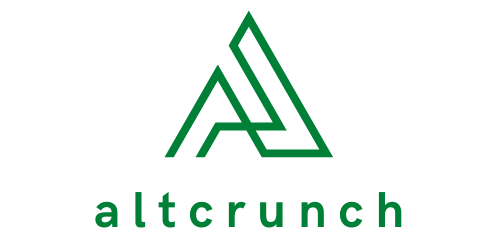What Is an Exchange Traded Derivative?
An exchange traded derivative is a financial contract that is listed and traded on a regulated exchange. Simply put, these are derivatives that are traded in a regulated environment.
Exchange traded derivatives have become increasingly popular because of the advantages they have over over-the-counter (OTC) derivatives. These advantages include standardization, liquidity, and elimination of default risk.
Futures and options are two of the most popular exchange traded derivatives. Exchange traded derivatives can be used to hedge exposure and to speculate on a wide range of financial assets, including commodities, equities, currencies, and even interest rates.
Understanding Exchange Traded Derivatives
Exchange traded derivatives include options, futures, and other financial contracts that are listed and traded on regulated exchanges such as the Chicago Mercantile Exchange (CME), International Securities Exchange (ISE), the Intercontinental Exchange (ICE), or the LIFFE exchange in London, to name a few.
Unlike their over-the-counter cousins, exchange traded derivatives can be well suited for some retail investors. In the OTC market, it is easy to get lost in the complexity of the instrument and the exact nature of what is being traded.
In that regard, exchange traded derivatives have two big advantages:
1. Standardization
The exchange has standardized terms and specifications for each derivative contract. This makes it easier for investors to determine essential information about what they’re trading, such as the value of a contract, the amount of the security or item represented by a contract (e.g., lots), how many contracts can be bought or sold.
Individual contracts can be a size that is less daunting for the small investor. For instance, an investor with limited capital could consider mini options (10 shares) on high-priced stocks versus standard options (100 shares).
2. Elimination of Default Risk
The exchange itself acts as the counterparty for each exchange traded derivative transaction. It effectively becomes the seller for every buyer, and the buyer for every seller. This eliminates the risk of the counterparty to the derivative transaction defaulting on its obligations.
Another defining characteristic of exchange traded derivatives is their mark-to-market feature. Mark to market means gains and losses on every derivative contract are calculated daily.
So, on any trading day, if the client incurs losses that erode the initial margin amount to a specific level, they will have to provide required capital in a timely manner. If they don’t, their derivative position may be closed out by the firm.
Users of Exchange Traded Derivatives
All kinds of small retail investors and large institutional investors use exchange traded derivatives to hedge the value of portfolios and to speculate on price movements.
Banks might hedge the value of their treasuries portfolio by taking an opposite position in treasury futures. An import-export organization might use currency futures to lock in currency rates for impending transactions.
Retail investors might take a position in stock options to hedge the value of their stock portfolios. Or, they simply might want the premium income obtained by selling an option contract.
Most investors are reassured by the standardization and regulatory oversight offered by centralized exchanges.
However, the transparency of exchange traded derivatives may be a hindrance to large institutions that may not want their trading intentions known to the public or their competitors.
In fact, institutional investors might opt to work directly with issuers and investment banks to create tailored investments that give them the exact risk and reward profile they seek.

